We’ve Always Defined Ourselves By The Ability To Overcome The Impossible. And We Count These Moments.



We’ve always defined ourselves by the ability to overcome the impossible. And we count these moments. These moments when we dare to aim higher, to break barriers, to reach for the stars, to make the unknown known. We count these moments as our proudest achievements. But we lost all that. Or perhaps we’ve just forgotten that we are still pioneers. And we’ve barely begun. And that our greatest accomplishments cannot be behind us, because our destiny lies above us. - Interstellar, 2014.
More Posts from Intergalacticnerd and Others
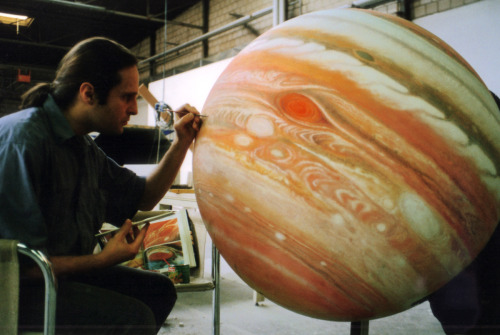






Interstellar 2014
tell the moon i love her
Dear moon, @324b2dun loves you. Happy Valentines!

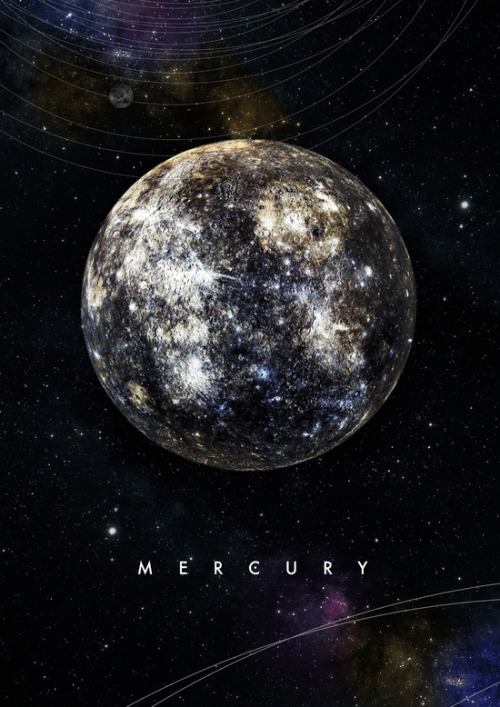
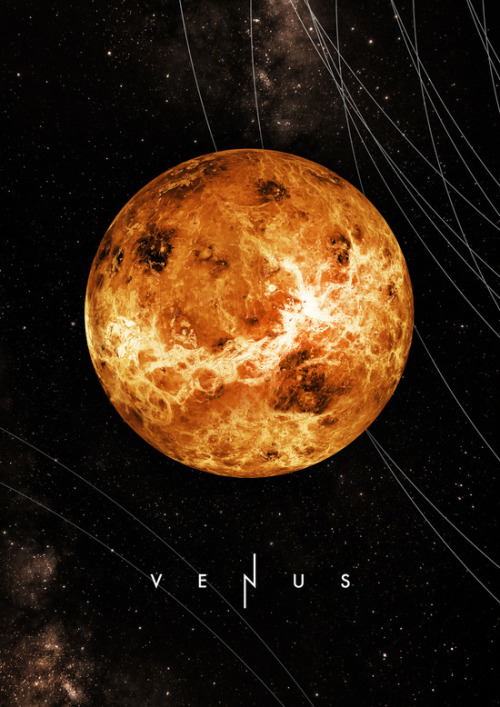
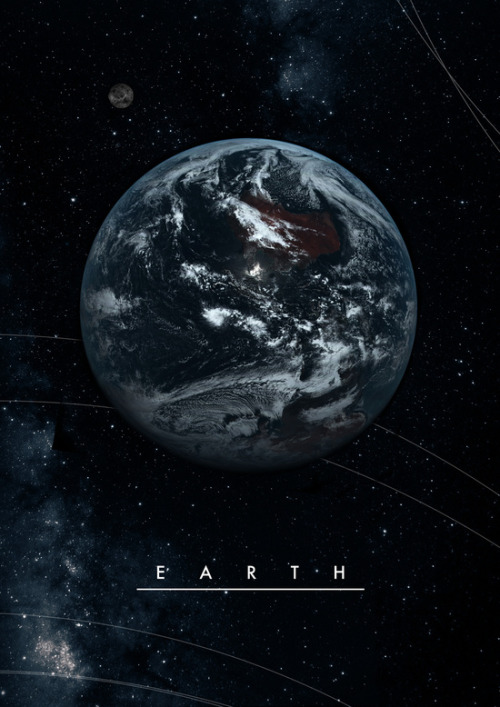
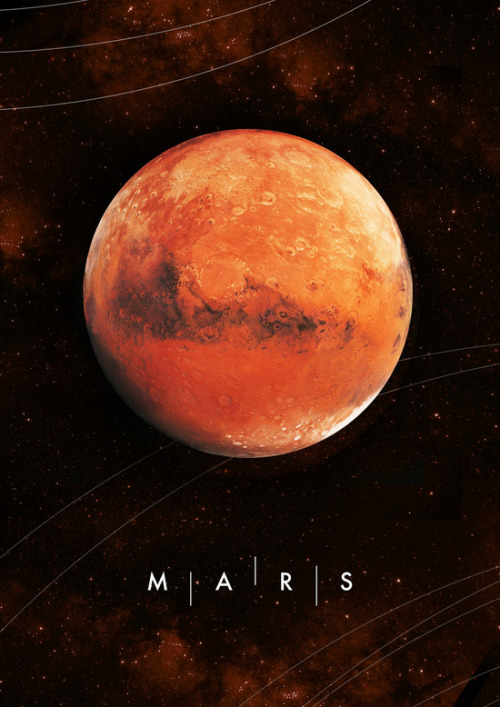
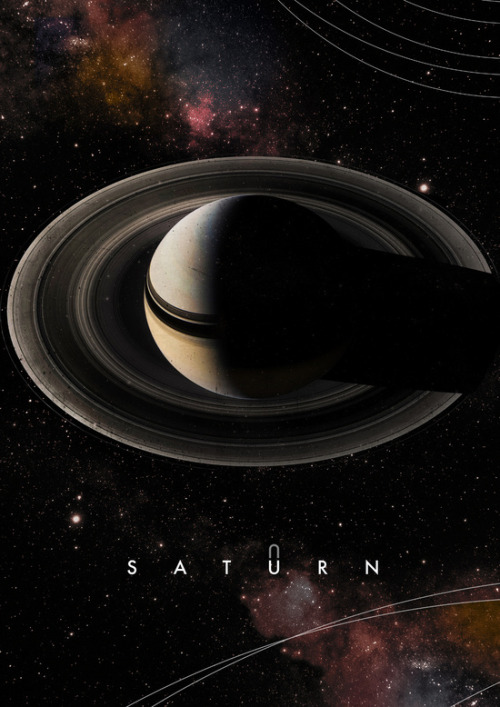
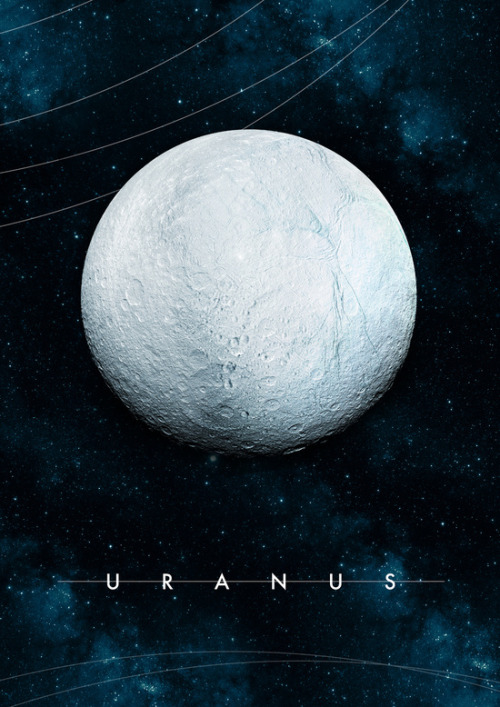
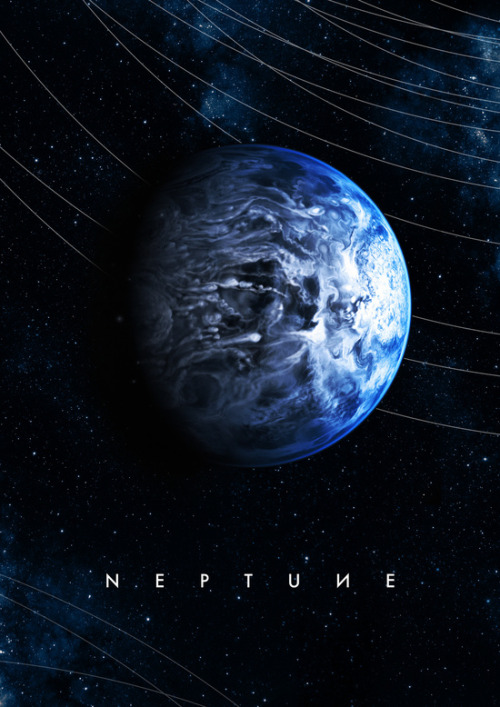
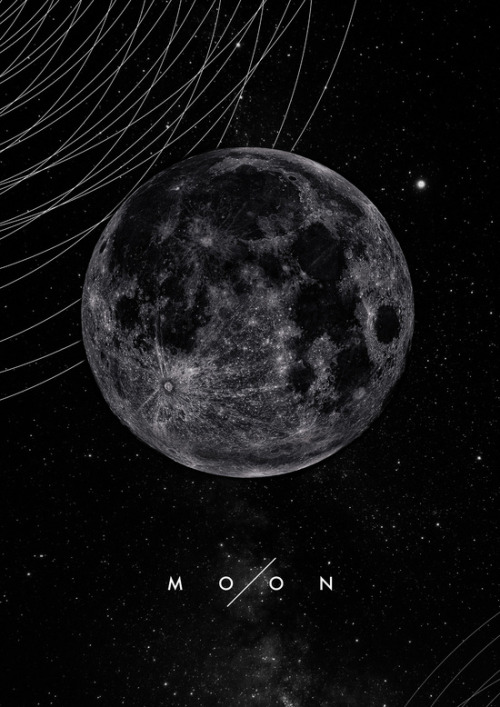
Alexander Pohl
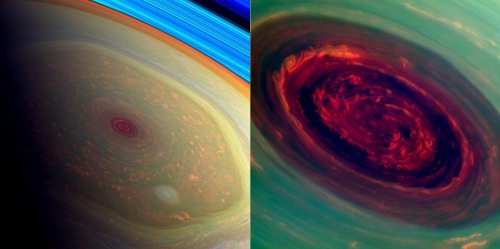
Saturn’s hexagonal storm system in it’s north pole

Answer Time from Space!
I’m on day 321 of my #YearInSpace, and today I surpassed 500 days in space total. Let’s chat! Sat., Feb. 13 at 1:45 p.m. ET.
I like our Solar System.








P.S. My favourite Neptune

Pluto for You Guys.

Dying star IC 4406
js

For the first time, astronomers have observed bursts of visible light being released by a black hole as it swallows matter from nearby stars.
These flashes of light, which lasted between several minutes to a few hours, were seen coming from a black hole in the Cygnus constellation, located about 7,800 light-years away from Earth. Incredibly, some of the flashes were so bright, the team says amateur astronomers could see them with a modest 20-cm telescope.
“We find that activity in the vicinity of a black hole can be observed in optical light at low luminosity for the first time,” astronomer and lead researcher, Mariko Kimura from Kyoto University in Japan, told Charles Q. Choi at Space.com.
“These findings suggest that we can study physical phenomena that occur in the vicinity of the black hole using moderate optical telescopes without high-spec X-ray or gamma-ray telescopes.”
Continue Reading.

The Milky Way Meteor Shower by jeremyjonkman on Flickr.
-
 tedesko liked this · 5 years ago
tedesko liked this · 5 years ago -
 bastardboysblog liked this · 5 years ago
bastardboysblog liked this · 5 years ago -
 untilvoid liked this · 5 years ago
untilvoid liked this · 5 years ago -
 empyrism reblogged this · 5 years ago
empyrism reblogged this · 5 years ago -
 flash5169 reblogged this · 6 years ago
flash5169 reblogged this · 6 years ago -
 radiantrell77 liked this · 7 years ago
radiantrell77 liked this · 7 years ago -
 -ziggans- liked this · 7 years ago
-ziggans- liked this · 7 years ago -
 youniversebeyond reblogged this · 7 years ago
youniversebeyond reblogged this · 7 years ago -
 kalesatan666 reblogged this · 7 years ago
kalesatan666 reblogged this · 7 years ago -
 tiztiz reblogged this · 7 years ago
tiztiz reblogged this · 7 years ago -
 daastirestroom-blog liked this · 7 years ago
daastirestroom-blog liked this · 7 years ago -
 xzxzxzxzxzxzxz reblogged this · 7 years ago
xzxzxzxzxzxzxz reblogged this · 7 years ago -
 worldfallsdown liked this · 8 years ago
worldfallsdown liked this · 8 years ago -
 violenx liked this · 8 years ago
violenx liked this · 8 years ago -
 down-t0-earth reblogged this · 8 years ago
down-t0-earth reblogged this · 8 years ago -
 im-acid reblogged this · 8 years ago
im-acid reblogged this · 8 years ago -
 im-acid liked this · 8 years ago
im-acid liked this · 8 years ago -
 itsbeenalongtimecomingbut reblogged this · 8 years ago
itsbeenalongtimecomingbut reblogged this · 8 years ago -
 jag-vet-inte reblogged this · 8 years ago
jag-vet-inte reblogged this · 8 years ago -
 lordbelatiel reblogged this · 8 years ago
lordbelatiel reblogged this · 8 years ago -
 vexhydrasekrion reblogged this · 8 years ago
vexhydrasekrion reblogged this · 8 years ago -
 ohmessylife reblogged this · 8 years ago
ohmessylife reblogged this · 8 years ago -
 bck-y reblogged this · 8 years ago
bck-y reblogged this · 8 years ago -
 yilinglaozuhot liked this · 8 years ago
yilinglaozuhot liked this · 8 years ago -
 bycaylendsmith reblogged this · 8 years ago
bycaylendsmith reblogged this · 8 years ago -
 radcgast-blog liked this · 8 years ago
radcgast-blog liked this · 8 years ago -
 cocogandalfette reblogged this · 8 years ago
cocogandalfette reblogged this · 8 years ago -
 es-leaf reblogged this · 8 years ago
es-leaf reblogged this · 8 years ago -
 fragilespirit reblogged this · 8 years ago
fragilespirit reblogged this · 8 years ago -
 xsestrax reblogged this · 8 years ago
xsestrax reblogged this · 8 years ago
"Astronomy compels the soul to look upwards and leads us from this world to another." - Plato
147 posts